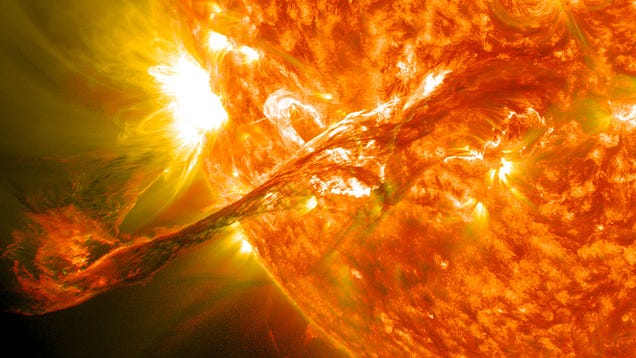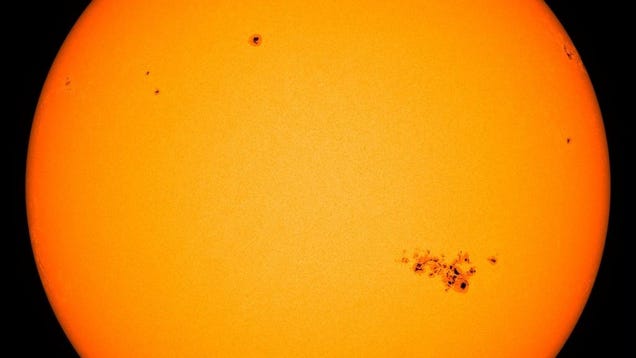
The Sun is a hot mess right now. Solar maximum is fast approaching, and a giant dark spot on the surface of the Sun keeps growing while spewing radiation out to space in the process.

The recent total solar eclipse on April 8 provided a rare glimpse of the Sun’s roiling corona, including some eye-grabbing prominences. Those views were neat, but a new video captured by Europe’s Sun-buzzing probe is providing some of the best close-up views of our host star that we’ve ever seen.
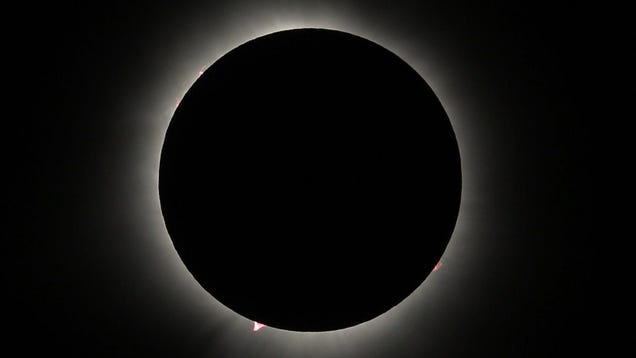
We were hoping for something like this to happen. For a brief moment yesterday, the Sun waved to us from afar, telling us that it’s in the midst of a vibrant and dynamic phase of its 11-year cycle when solar eruptions and other phenomena are at their peak and more likely to occur.
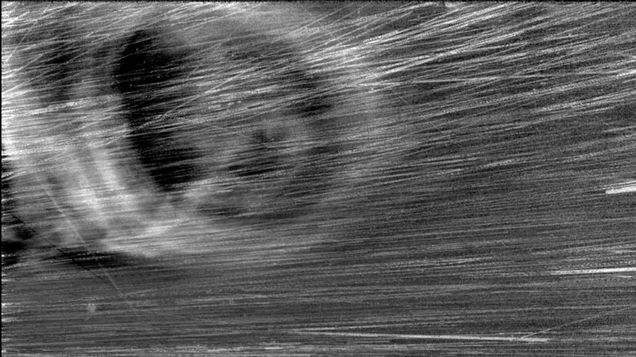
For the past six years, the Parker Solar Probe has been traveling through the inner solar system to become the first spacecraft to “touch” the Sun. With each close approach to the star, the probe gathers more clues as to what triggers the Sun’s mysterious outbursts.

Things have been heating up for the Sun, as the star approaches peak activity during its 11-year cycle, with giant eruptions bursting regularly from its surface. Luckily for us, this coincides with the Moon passing between the Earth and its host star, offering a captivating view of the solar corona during the upcoming…
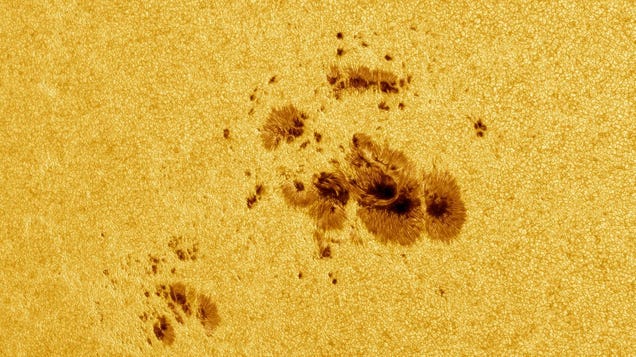
A striking set of gigantic sunspots, first spotted from Mars and now designated AR3576, is currently facing Earth, capturing the attention of astronomers, space enthusiasts, and concerned space weather forecasters.
No, you’re not seeing double. The Sun just flung out two massive flares of radiation from opposite hemispheres at nearly the same exact moment, a sign that our host star is fast approaching a period of peak activity.

There are jets in Jupiter’s magnetosheath, according to Voyager 2 mission data from 1979. The 45-year-old information is now revealing the dynamics of the plasma stream.

